The Important Difference Between Virtual Reality, Augmented Reality and Mixed Reality
2 July 2021
Now that there’s rapid growth in virtual reality (VR), augmented reality (AR) and mixed reality (MR), there is increased confusion about the differences between the technologies. While all are immersive technologies (technology that integrates virtual and real-world elements) and have similarities, there are differences. Here I outline the differences between virtual reality, augmented reality, and mixed reality.
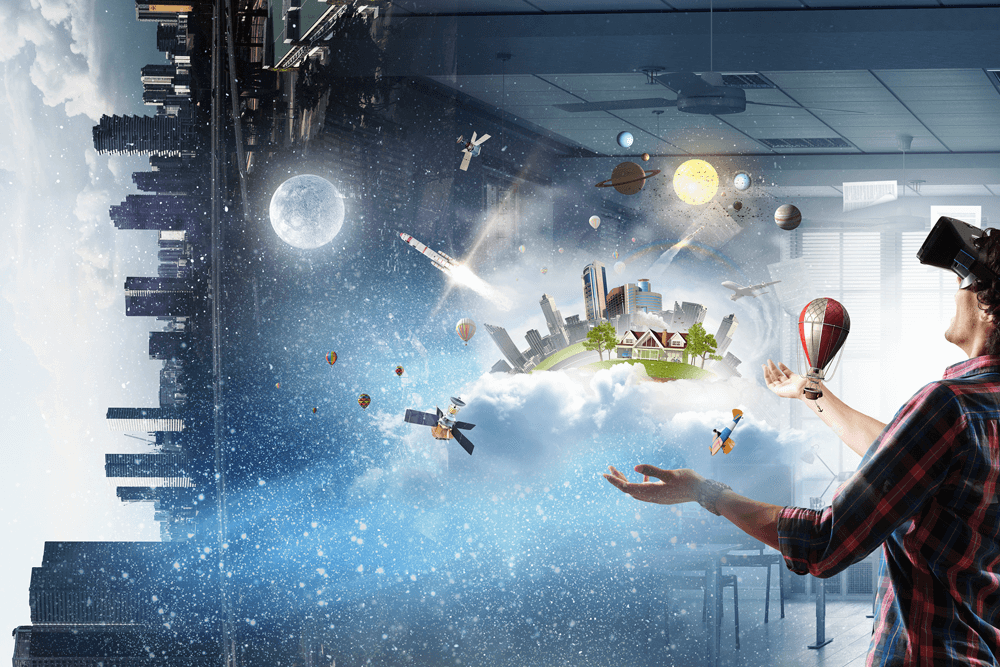
Virtual Reality (VR)
Users are completely immersed in a computer-generated reality when they experience virtual reality. Virtual reality is the most well-known of immersive technologies. While the world of gaming and entertainment were early adopters of virtual reality, VR applications are now used in many organisations and industries including the military, engineering and construction, healthcare, education, business and more.
When a user puts on a head-mounted display or a VR headset, they sense—and their brains believe—they are moving among virtual objects on a screen. Most commonly, the headset is connected to a PC or console that enables the virtual experience. In the case of Google Cardboard, Samsung Gear VR and Google Daydream, it’s a smartphone that creates the virtual experience, while the Oculus Go can do it all because it’s a standalone VR headset.
Virtual reality tools already help surgeons plan surgery, individuals experience a travel destination even before they take flight, children learn in a simulated (but very real) walk on the moon and soldiers train for combat scenarios, but the future will be full of even more VR applications as businesses of all kinds figure out ways the technology can enhance operations.
Augmented Reality (AR)
Do you remember the Pokémon GO craze? That’s the most well-known application of augmented reality—technology that overlays digital information on the real world. Rather than provide a fully immersive virtual experience, augmented reality enhances the real-world with images, text, and other virtual information via devices such as heads-up displays, smartphones, tablets, smart lenses, and AR glasses.
Augmented reality is useful for more than just entertainment. Retailer IKEA created an AR app that helps shoppers visualise what certain products will look like in their home before they purchase them. The app overlays virtual versions of the products onto the real-live image of customers’ living spaces. In addition to IKEA, companies in aviation, automotive, healthcare, travel and tourism, and more are developing augmented reality solutions. Augmented reality technology can enhance travellers’ experiences in many ways. Imagine being on a self-guided walking tour and wanting to know details about the architecture of a building you discover. With an augmented reality technology app, you could just point your phone at the building, and all the details are projected in your line of sight.
Thanks to tools such as ARKit by Apple and Google’s ARCore and because smartphones can support many AR experiences, more individuals outside of the tech industry are getting exposed to the AR experience.
Mixed Reality (MR)
Where does mixed reality fit in on the immersive technology spectrum? A mixed-reality environment goes a step beyond augmented reality because users can interact in real-time with virtual objects that are placed within the real world. These virtual items will respond and react to users as if they were actual objects.
In order to experience mixed reality, an MR headset is used. MR headsets offer a holographic experience through translucent glasses or an immersive experience. Some mixed reality products that are currently available include Microsoft’s HoloLens, Acer Windows Mixed Reality, Lenovo Explorer, and Samsung Odyssey. It’s the gesture/gaze/voice recognition technology through a pair of motion controllers or through the MR headset that helps deliver a believable mixed-reality experience. It takes a lot more processing power to enable a mixed-reality experience than it does for a virtual or augmented reality experience.
As the youngest immersive technology, awareness of mixed reality isn’t incredibly high, but companies who have invested in mixed-reality projects already give us a glimpse into its potential. Ford is one company that saw the potential of mixed reality and now uses it to prototype future vehicles instead of making prototypes in a physical environment.
Put simply, the difference between virtual, augmented, and mixed reality is:
Virtual reality (VR): A fully immersive experience where a user leaves the real-world environment behind to enter a fully digital environment via VR headsets.
Augmented reality (AR): An experience where virtual objects are superimposed onto the real-world environment via smartphones, tablets, heads-up displays, or AR glasses.
Mixed reality (MR): A step beyond augmented reality where the virtual objects placed in the real world can be interacted with and respond as if they were real objects.
For more articles and examples of VR, AR, and MR, cheque out my website here.
Related Articles
The Third Wave Of AI Is Here: Why Agentic AI Will Transform The Way We Work
The chess pieces of artificial intelligence are being dramatically rearranged. While previous iterations of AI focused on making predictions or generating content, we're now witnessing the emergence of something far more sophisticated: AI agents that can independently perform complex tasks and make decisions.[...]
How Generative AI Will Change Jobs In Cybersecurity
Ensuring robust cybersecurity measures are in place is more important than ever when it comes to protecting organizations and even governments and nations from digital threats.[...]
The 10 Most Important Banking And Financial Technology Trends That Will Shape 2025
As technological disruption and economic uncertainty continue to reshape the financial landscape, alongside dramatic shifts in consumer behavior and regulatory requirements, 2025 promises to be both challenging and opportunistic for banking and financial services.[...]
The 6 Most Powerful AI Marketing Trends That Will Transform Your Business In 2025
The quiet hum of AI servers is rapidly drowning out the traditional drumbeat of marketing departments worldwide.[...]
AI Everywhere – Scaling AI In The Cloud With Intel® Xeon®6
Today, the omnipresent AI that we’re starting to take for granted has become a critical tool for business.[...]
4 Smartphones Leading The AI Revolution
As enterprises increasingly rely on company-issued smartphones as primary computing devices, these mobile devices are becoming the frontline of workplace AI integration.[...]
Sign up to Stay in Touch!
Bernard Marr is a world-renowned futurist, influencer and thought leader in the fields of business and technology, with a passion for using technology for the good of humanity.
He is a best-selling author of over 20 books, writes a regular column for Forbes and advises and coaches many of the world’s best-known organisations.
He has a combined following of 4 million people across his social media channels and newsletters and was ranked by LinkedIn as one of the top 5 business influencers in the world.
Bernard’s latest book is ‘Generative AI in Practice’.






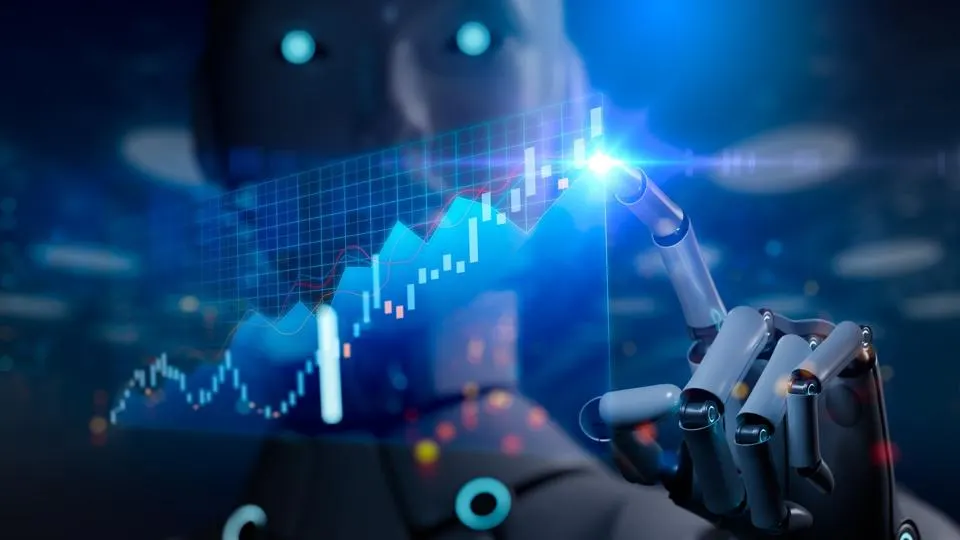
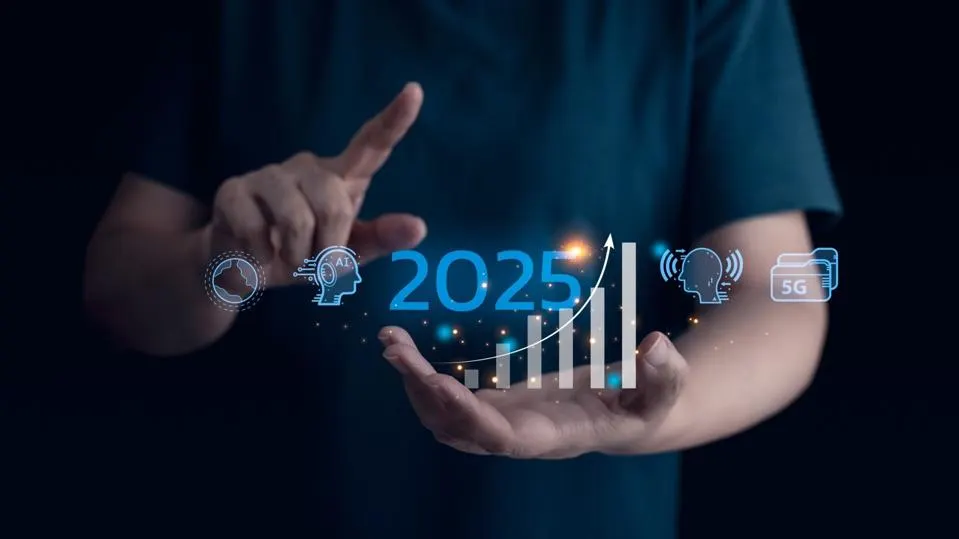
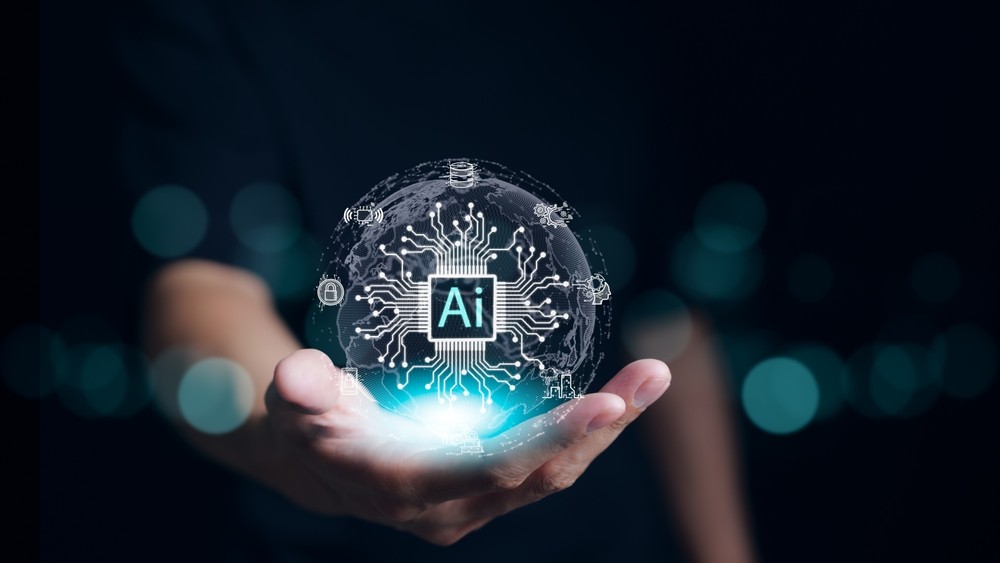
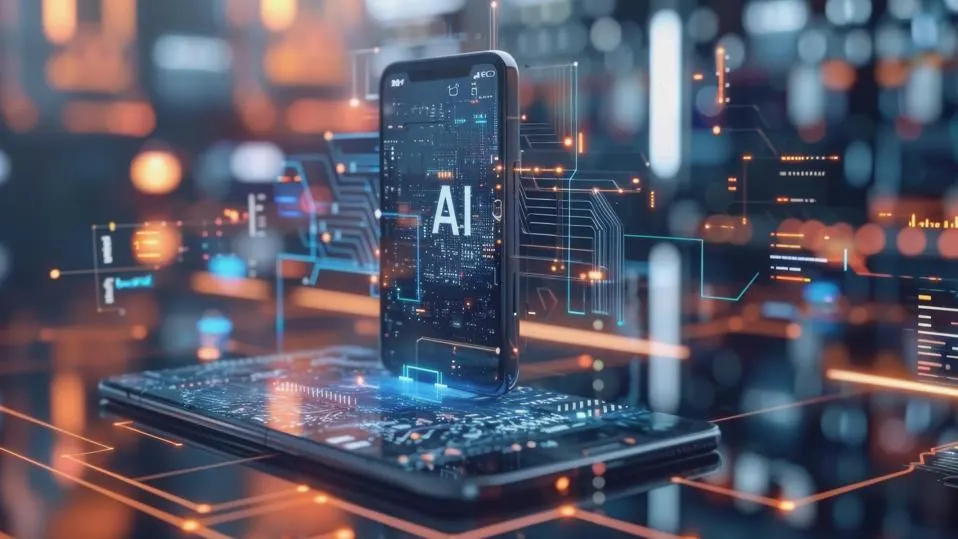
Social Media